If you’re anything like me, you’ve probably noticed how creativity fizzes and flows more freely when it’s shared. There’s something magical about coming together with others, bouncing ideas, swapping stories, or just getting that gentle nudge of encouragement when you need it most. That’s the heart of collaborative creativity and a supportive, creative community, where art, inspiration, and community meet. Whether you’re a writer, painter, performer or just a dreamer like me, joining forces with other creative souls can spark your imagination in ways that solo work never could. And ‘finding your tribe’ is one of the best feelings ever!

Why Collaborative Creativity Works Better Than Going Solo
Creativity starts as something deeply personal because it is a personal expression that we all need but it can truly thrive with a connection to others. When you share your work or ideas with others, the energy shifts and magical things can happen. Someone’s comment can spark a whole new direction, or their enthusiasm might reignite your motivation when it’s flagging. And there are some forms of creativity that are just better done in teams – such as creating a play or a community project that aims to give something back.
Even science backs this up: social connection enhances well-being, strengthens problem-solving, and brings a deeper sense of purpose. Spiritually, it also makes sense: when your energy aligns with others who share your values and creative dreams, it amplifies your frequency. The Law of Attraction loves collaboration and co-creation.
A supportive creative circle reminds you that you’re not alone and that even your quirkiest ideas have a place to land and grow.
In the UK, we have a program called DIY SOS: The Big Build, where whole communities come together to donate their time and resources to create something amazing, such as a community centre and garden for people with learning disabilities, or a hospice for children. What they can achieve is truly remarkable with creativity and volunteering at the heart. It always brings a tear to my eye, and I think that is mostly due to the community involvement.
And in my local town, there is a knitting group that decorates local landmarks, such as park benches, street bollards and street lamps with colourful knitted creations known as guerrilla knitting. They always make everyone smile and bring a splash of colour to the community.
“Creativity multiplies when it’s shared.”

What Makes a Supportive Creative Community
The best creative groups have a few things in common: trust, kindness, curiosity, and a shared sense of play. It’s about encouragement, not competition. A true creative community lifts everyone, helping each member explore and expand without fear of judgment or alienation.
A few essentials to look for or nurture include:
- Open-mindedness: Every idea gets a fair chance, even the wild ones
- Constructive feedback: Comments build you up, not tear you down
- Shared inspiration: Prompts, themes or meetups that keep things fresh
- Celebration of difference: Diversity of skill, background, and belief adds richness and perspective
You’ll feel it when a group is right for you – light, welcoming, and energising rather than draining or critical. Trust your intuition because your spirit recognises when a community, space or people align with your own creative frequency.
Finding or Creating Your Artistic Tribe
There’s no secret handshake required to find your tribe. Whether you’re searching locally or online, creative communities are everywhere once you start looking. The trick is to find the one that feels right for you. It could be a local amateur dramatic group, a painting class, a blacksmithing course (one I love), or a cooking collaborative. We all have something we can do; we just need to find what that is. Read our post Find your inner artist for inspiration and more creative ideas.
Try these routes to get started:
- Local connections: Check community boards, libraries, cafés, or local Facebook groups for art classes, writing circles, or craft meetups
- Online groups: From Facebook communities to virtual workshops and forums, digital circles offer limitless possibilities, and the benefit is that they are not reliant on your location
- Create your own meetup: If you can’t find a group that fits, then start one. You only need one or two others to begin. Choose a focus that you enjoy, like poetry, painting, meditation, or even affirmations by candlelight and invite kindred spirits. You’ll be surprised how many others will join something that someone else starts
- Collaborative projects: Suggest a group challenge or co-created artwork. A shared goal brings people together faster than you’d expect, and there is an added bonus of doing something for someone else
The awkwardness fades after the first hello (snacks help, although I wouldn’t trust my own cooking here!) Showing up is the hardest part, but that’s also the most rewarding.
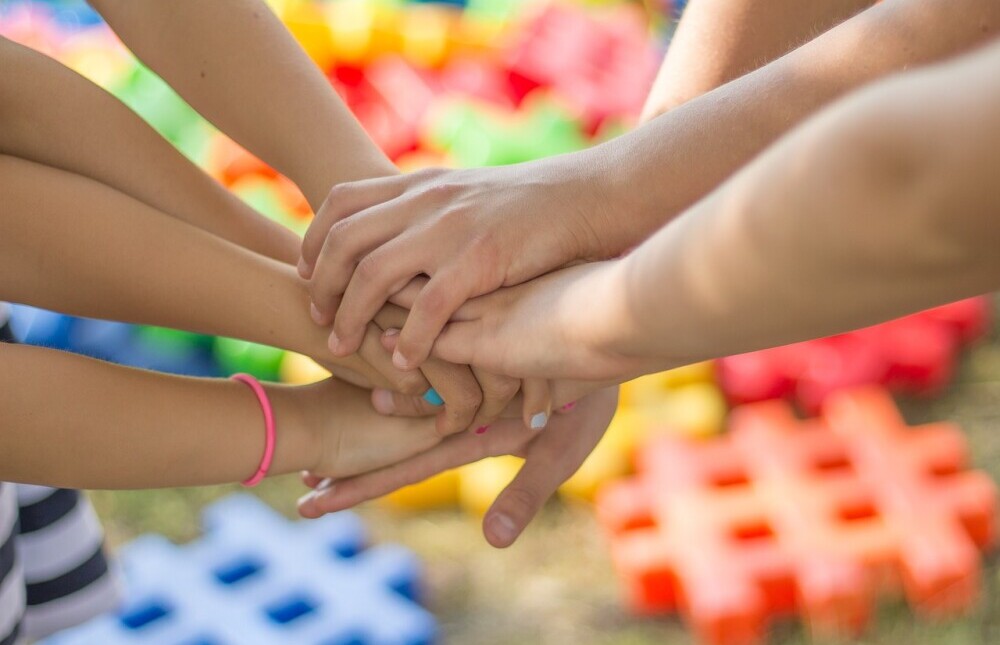
Common Challenges (and Honest Tips)
Even in the most creative spaces, there can be hiccups. Personalities clash, energy dips, and misunderstandings can creep in, but there are easy ways to bring balance back:
- Group dynamics: If one voice dominates or the energy feels critical, establish friendly ground rules like “everyone gets a turn”, “no idea is too small”, or set up a space where everyone can share their thoughts
- Different skill levels: Celebrate all progress. The aim isn’t perfection; it’s growth. Nobody’s keeping score unless you’re playing Scrabble!
- Consistency: Keep in touch. A quick check-in or monthly newsletter can maintain the energy between sessions, but obviously, that would need someone to write it. Events like themed nights, weekend workshops or seasonal special projects can keep the momentum alive
Forming, Storming, Norming, Performing
In 1965, Psychologist Bruce Tuckman developed a model called the “Forming, Storming, Norming, Performing” model to describe the stages of group development and team dynamics.
Tuckman’s framework outlines how teams evolve over time to become more effective:
- Forming — Team members meet, explore goals, and establish initial roles
- Storming — Conflicts and power struggles emerge as personalities and ideas clash
- Norming — The group begins to resolve differences, establish norms, and build cohesion
- Performing — The team operates efficiently toward shared goals with trust and collaboration
Later, in 1977, Tuckman and his colleague Mary Ann Jensen added a fifth stage:
5. Adjourning (or Mourning) — The team disbands after completing its task, often with reflection or celebration.
Obviously, this is only a model, but it can explain some of the stages that groups go through and the changes which can occur. When you see this as part of the natural cycle, things become less personal and can be seen in context.
Looking After Your Creative Energy
Collaboration is powerful, but so is solitude. Creative energy needs space to rest and recharge sometimes, like a cat that’ll purr contentedly one moment, then vanish for hours the next.
If you are involved in a creative group, make sure to:
- Take short mindful breaks during group sessions to refill and reset your focus
- Honour your own boundaries; share what feels right and hold space for what’s still forming
- Don’t overcommit to things, because saying no is sometimes the most creative act of all
- Journal or meditate before and after a session so you arrive grounded and centred, and monitor the energy balance you receive. If you find yourself giving much more than you are receiving, stop to think if this is OK for you; it may be, but you may also need to assess what it is you want to feel. If the group causes more stress than it alleviates, you may want to make changes
When you take care of your energy, your contributions become richer and more authentic, which will benefit everyone in the end.
Advanced Ways to Spark Collaborative Magic
Once your group feels settled and connected, try a few deeper experiences that blend creativity with spiritual alignment:
- Manifestation evenings: Create shared vision boards or speak affirmations together. Setting group intentions supercharges manifestation energy
- Creative swaps: Exchange unfinished work and let others add their touch. It’s humbling, hilarious, and eye-opening!
- Mix modalities: Combine art, movement, sound, and creative writing. For example, meditate before painting or write poetry inspired by dance, or put on a performance, writing the script, creating the scenery and costumes and performing too
- Public showcases: Host open mic nights or virtual exhibitions. Sharing your collective creations celebrates growth and community spirit
- Plan a weekend away: Join a weekend workshop or make your own mini holiday with the group. There are craft centres and weekend workshops all over, so do your research and explore pastures new
Keeping activities fresh nurtures curiosity and collective joy, which are the two main ingredients of lasting creative flow.
Frequently Asked Questions
Do I have to be talented to join a creative group?
Not at all. The best communities welcome everyone. Growth, joy, and shared curiosity matter far more than skill level.
How can I handle someone who isn’t supportive?
A kind, honest conversation often helps. If the energy doesn’t shift, it’s okay to step back and find a new space that feels lighter.
What if I feel shy or anxious about joining?
Start small — comment online, message one or two members, or simply observe for a while. You don’t need to lead the conversation; presence alone starts a connection.
What if I can’t find a suitable group?
Start your own! If your ideal group doesn’t exist yet, then start your own. Advertise on social media, in local libraries or on other bulletin boards and invite people to join you.
Related Posts
How to overcome creative blocks
Find your inner artist: The joy and healing power of creativity
Fun and practical things to do to help nature in winter
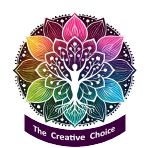

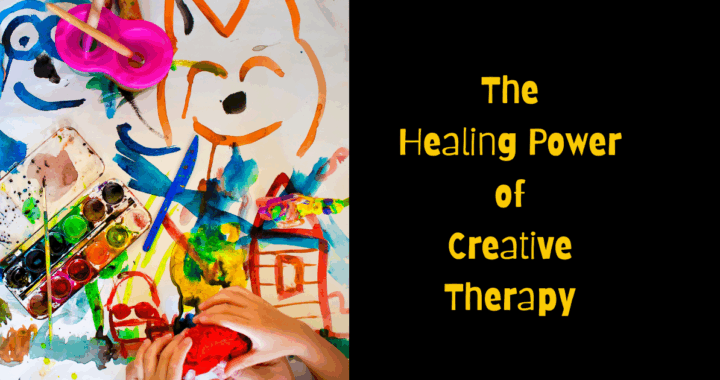
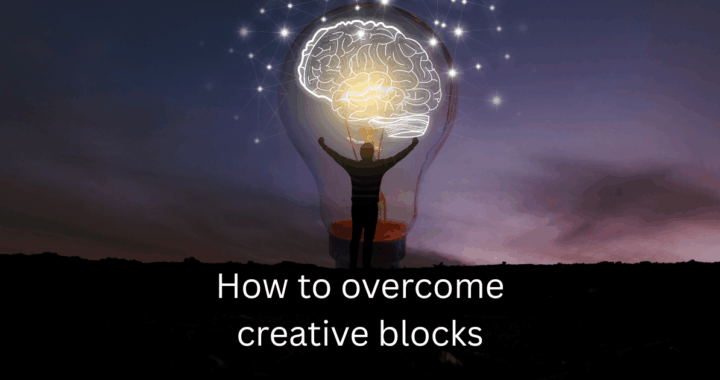
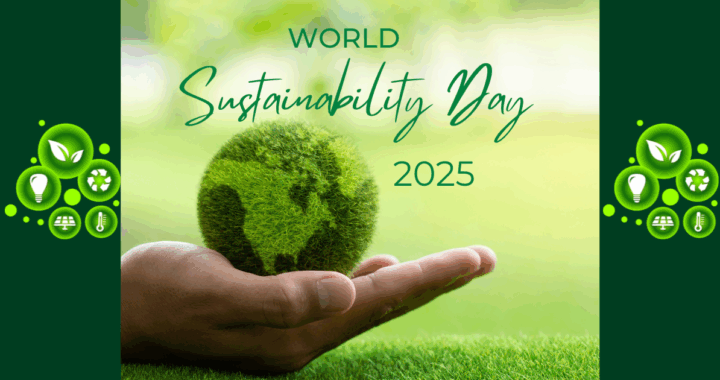
This post spoke right to my creative core, Gail. I’ve seen firsthand how ideas grow stronger when shared in a circle of trust. Collaboration brings out something deeper than solo work ever could. It has been my life to share my stories with others, hoping to inspire them at the end. You have done just that in this post/article.
I like how you compared creative energy to a cat. That’s so true. We need solitude to recharge, then community to create. Your tips for balancing both really hit home. There’s also creative imagination where we use what is there to create something new as Napoleon Hill discusses in his classic, Think and Grow Rich.
I’m inspired to reconnect with a few fellow creators in my area and maybe start a small writing circle again. As we say, “One hand alone cannot clap itself.” Please keep writing, and I’ll love to read your works and give my opinion in comments here. Have a good time.
John
Hi again John. Thanks for your kind comments on this article. I’m pleased that it has inspired you and I really do hope that you find the time to set up your writing circle. I used to be part of a creative writing group at my school and it was a lovely time to spend being creative with some of the other teachers and older students. It ignited my love of poetry again.
Looking forward to connecting with you again and let me know how you get on with your group and your stories. All the best. Gail
This is such an inspiring and comprehensive guide to building a supportive creative community! ????✨ I love how you emphasize that creativity thrives not just in solitude but in connection with others, where ideas, energy, and encouragement can spark new directions. The practical tips for finding or starting a group, whether locally or online, are really motivating, and I especially appreciate the focus on creating a safe, inclusive space with trust, kindness, and constructive feedback. I also found the advice on protecting your creative energy and setting boundaries crucial—reminding us that balance is key to sustaining inspiration. The advanced collaboration ideas, like creative swaps, manifestation evenings, and multi-modal projects, are brilliant ways to deepen engagement and foster joy. This post beautifully shows that when people come together with shared curiosity and support, creativity truly multiplies, making both the work and the journey more meaningful and rewarding.
Thanks, Andre. Glad to see you back, and I’m so pleased you enjoyed the read and I hope you are involved in your own community art projects in some way too.
I love this! This is such an encouraging and affirming read. It truly captures the essence of what it means to be a connected human, not just a lone artist.
My heart feels a sense of relief and validation reading this because it gives language to the importance of what so many creatives struggle with: isolation. The article beautifully explains that the real magic happens not in a vacuum, but in a space of shared, compassionate effort.
Hi Linda. Many thanks for your kind comments. I’m so pleased it helped you feel connected to others – that’s a great thing to feel, since we are all ‘one’ anyway. Are you involved in any community projects yourself? I’ve just finished being in a play which was great fun and made all the more special by the people who were involved. Let me know what interests you. All the best. Gail